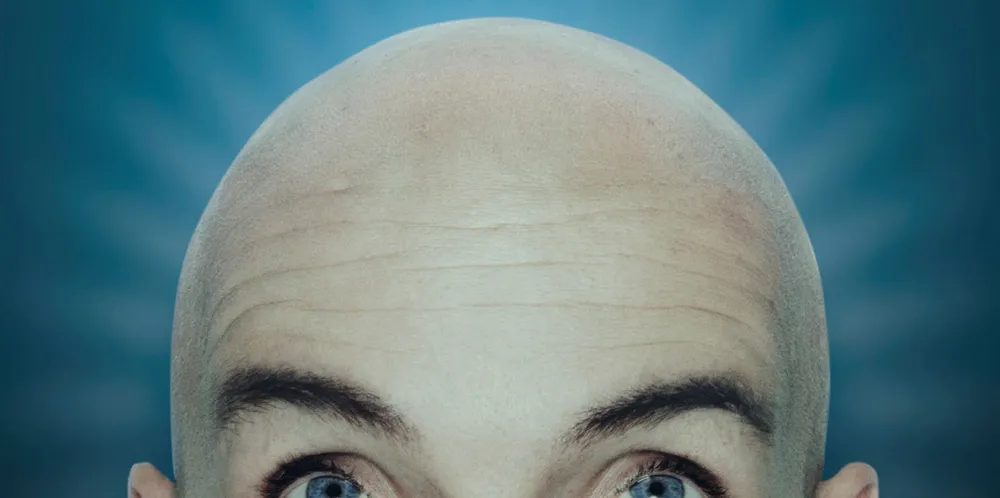Why 'Baldies' can save us
'Build-anywhere long-duration intermittent-energy storage' can largely solve the problem of wind and solar's intermittency, writes Leigh Collins

'Build-anywhere long-duration intermittent-energy storage' can largely solve the problem of wind and solar's intermittency, writes Leigh Collins
